R-391/URR (MOD) for AN/FRA-44 and AN/FLR-7 - note no bandwidth switch
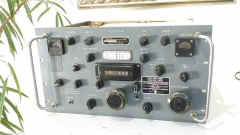
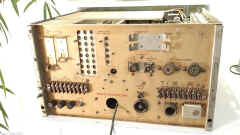
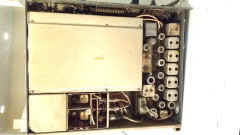
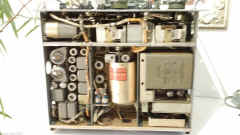
R-1230/FLR - 2-32 mc coverage with 60kc bandwidth output - triple
conversion
Used in AN/FLR-11 and AN/FRA-54 systems
The complete system consisted of two units, one with the RF/IF circuitry and another with the power supply O-928/FLR. The power supply unit was used to power up to 5 RF units and also provides a 100kc reference signal. The power supply section very rarely shows up as surplus. Designed by National Radio. Uses nuvistors as well as miniature tubes. The earlier R-1125/FLR was upgraded to R-1230/FLR via a field change which added a cooling fan.
More photos/info - link
DF/Intercept usage - link
Power supply connections - link
Manual is NAVSHIPS 94581 - poor copy pdf
download
- please send
me e-mail if you have an original or a good copy that I could buy or
borrow
Oscillator- Power Supply O-928/FLR supplies operating power from one to five R-1125/FLR, and includes a 100-kc crystal oscillator which provides a standard reference signal (for incremental tuning) to each receiver.
Within the specified frequency range, the R-1125/FLR output is an intermediate frequency band from 35.0 to 95.0 kc which retains all modulation of the received signals with a high degree of fidelity.
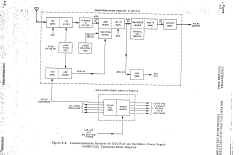
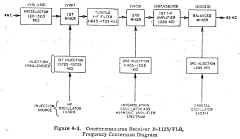
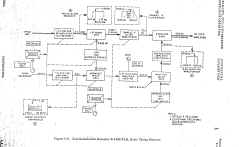
R-1511/GR - 1.35-54mc coverage with 200kc bandwidth output
(also 0.54-1.35mc narrow band coverage)
These were used for intercept/DF work much like the R-1230. The ones I have seen have a US Dept of Defense (NSA) ID tag. I think they were primarily used by ASA, but may have also been used at Navy sites.
The RF front end is obviously a traditional Hammarlund SP-600 but the IF section is composed of solid state circuit boards.
Manual is NSA TEM-0541-01-0A - pdf download
